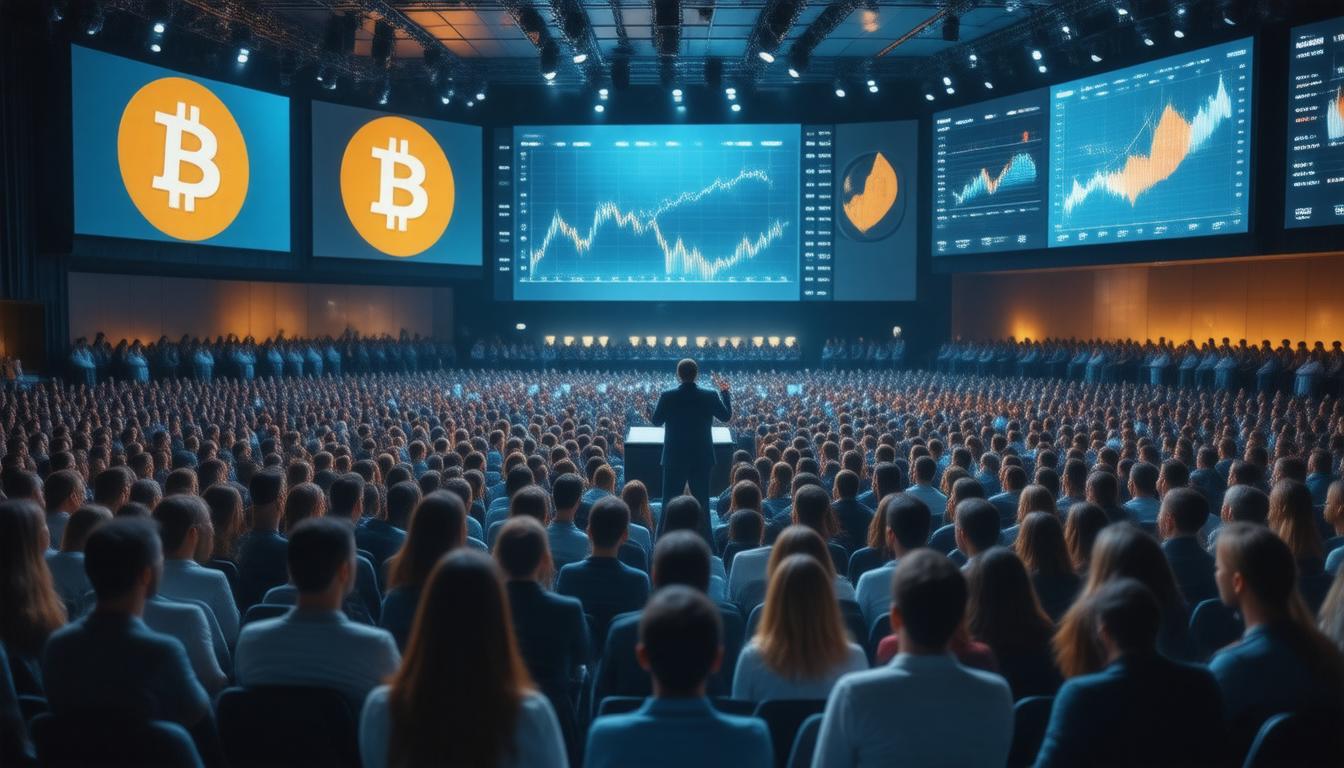OpenAI’s Head of AGI Readiness Resigns: Seeking Objectivity in a Complex World
In a move that has sent ripples through the tech world, the chief of Artificial General Intelligence (AGI) readiness at OpenAI has stepped down. This isn’t just any resignation; it’s akin to the captain of a ship abandoning his vessel mid-voyage, leaving many pondering the reasons and implications of such a decision.
The Role: A Titanic Responsibility
The now-vacant post was a critical one, charged with the Herculean task of ensuring AGI’s safety and ethics before it sees the light of day. Picture a NASA launch director, but instead of rockets, replace the spacecraft with super-intelligent AI systems that just might be capable of sipping tea while musing over human existence. Their task involved overseeing every micrometer of development to thwart potential AI calamities.
The Context: A Hotbed of Debate
Timing is everything, they say, and this resignation comes amidst a swirling sandstorm of scrutiny encircling AGI. Concerns surrounding safety, ethical deployment, and the societal ramifications could rival a Shakespearean drama. What if AGI becomes too smart for its own good—or ours?
Implications for OpenAI: Shall We Pivot?
With the departure of such a pivotal figure, OpenAI might have to play a game of strategy chess, reevaluating their current and future plays in the AGI arena. This shift could lead to a revisiting of their methodologies, safety measures, or even the timeline for unveiling their pièce de résistance.
Reactions: An Industry on Its Toes
The tech community often reacts to such news like a house cat catching wind of a cucumber—cautiously curious. Expect a flurry of opinions, ranging from concern over stability to speculation about the new direction OpenAI may undertake. And let’s not forget the eyeing gazes of regulators who are as eager to probe as a detective at a thrilling crime scene.
Why Resign? Searching for Mutual Grounds
While the quit slip’s ink may divulge nothing, speculative whispers suggest disagreements over safety, ethics, or perhaps a divergence in strategy. After all, when one stands on the precipice of potentially creating humanity’s next big evolutionary leap, debates can mirror those faced by historic thinkers like Newton or Einstein.
Broader Industry Impact: A Wake-Up Call
This leadership void could serve as a wake-up call across the AI industry, sparking conversations on regulation and safety measures akin to a spark igniting a powder keg. Will this prompt novel, robust safety frameworks, or inspire industry introspection as fascinating as an Agatha Christie mystery?
As the world watches this unfolding narrative, one thing is certain: the departure provides both an opportunity and a challenge to pursue objectivity amid advances, reminding us that with great power comes the need for great responsibility—and perhaps, the blessing of a little less bias.














